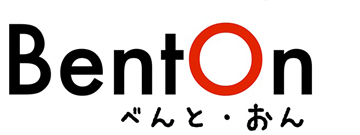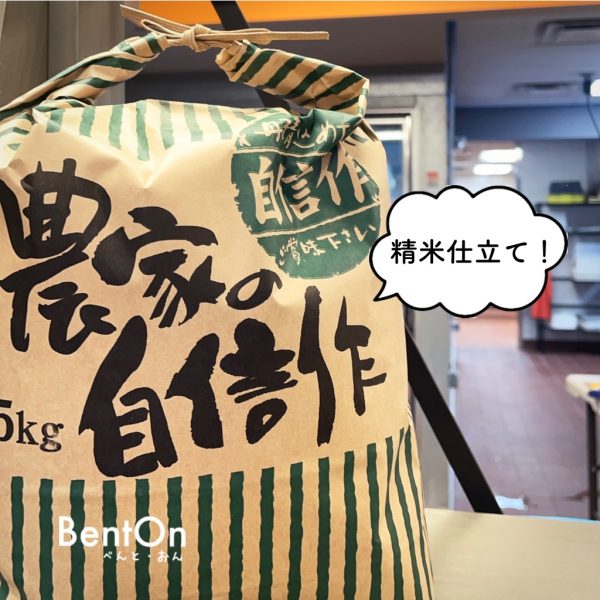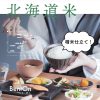$35.00
*Limited to the first only 10 customers!
The polishing ratio is a percentage that represents the extent to which rice grains have been polished. This term is commonly used in the context of rice used for various purposes, including food consumption and sake (Japanese rice wine) production.
For everyday rice consumption, as well as in the making of sake, rice starts in its unpolished form, known as “brown rice” or “genmai.” To transform it into white rice, a polishing process is employed, which involves removing the outer layers of the rice grains. The remaining portion of the rice, represented as a percentage, is what we refer to as the polishing ratio.
For instance, if a label on a sake bottle indicates a polishing ratio of 70%, it means that 30% of the outer layers of the rice grains have been polished away, leaving behind 70% of the rice’s core, which is used in the sake production process.
In summary, the polishing ratio quantifies the degree of polishing undergone by rice, expressed as a percentage, and it plays a crucial role in determining the quality and characteristics of rice-based products, such as sake.










